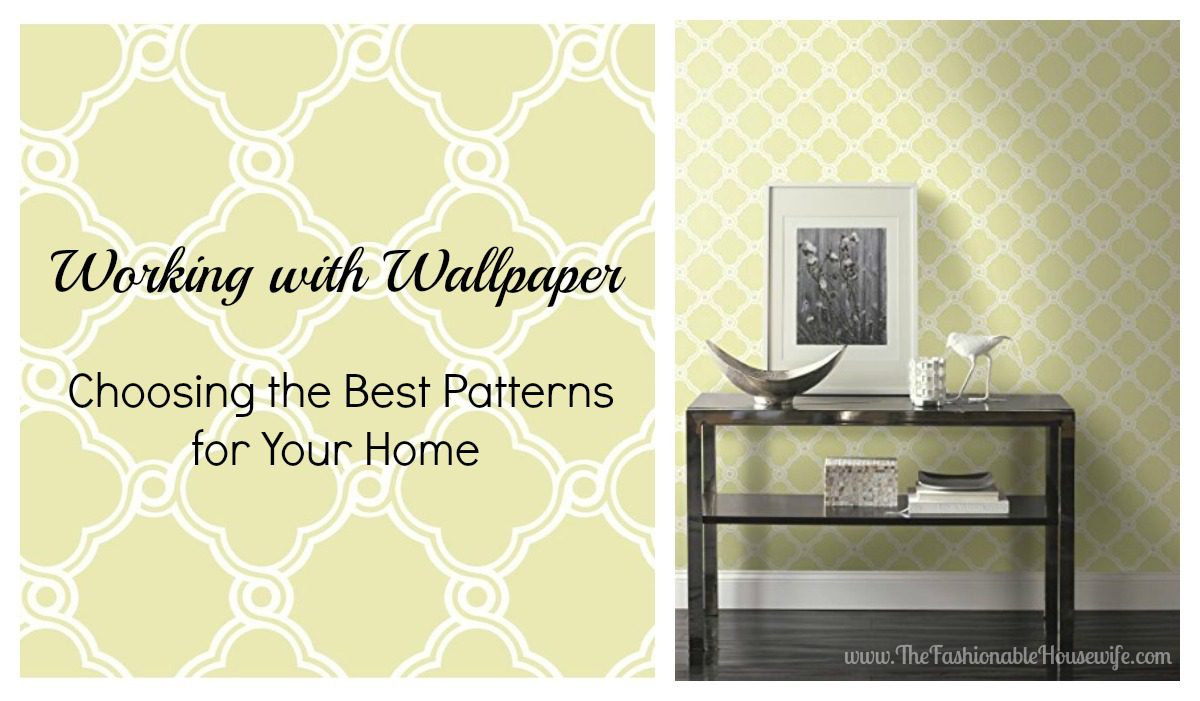
Wallpaper is enjoying a huge resurgence and is available in more patterns than ever. Not all of these patterns will work in your home, so you have to consider what’s out there carefully to select a good fit. A few simple tips come in extremely handy in choosing the perfect design.
Identify what the wallpaper has to accomplish.
Wall paper generally can fix a problematic room, but different patterns are better at addressing specific issues rooms might have. For example, if your space is quite dark or tiny, a metallic pattern can reflect some light and open things up. In the same way, a textured print simultaneously can add some dimension and physically quiet a space.
Make sure the size of the pattern is appropriate for the size of the room.
No matter how much you might love a wallpaper pattern in a retailer’s book or on a website, it has to fit the size of the room you’re decorating. The general rule is that the larger your space, the larger your pattern can be. Save smaller prints or geometric designs for smaller rooms where they won’t be overpowered.
Ask yourself if the pattern would pull your room together successfully.
Wallpaper tends to have a unifying effect on rooms, playing off all the items in your décor. For this reason, look at the items that are focal points for the room. The pattern should complement the mood and color of those items.
Aim to create an illusion.
Quality wallpaper can play tricks on the eye in a good way. If your room has very low ceilings and you want to create some height, choose stripes or other patterns with a vertical imprint. Alternately, you can do a pattern that’s darker at the bottom and lighter at the top. By contrast, if you have high ceilings and want to add width, patterns with horizontal imprints work better. If you want a room to feel more intimate, a darker print is ideal. Use light patterns to make a room feel like it has more space. These illusions can make your home feel much more balanced and well planned.
Think about your moods and mental health.
Patterns and colors in a space have a huge effect on emotional wellbeing and cognitive function. For instance, red is usually stimulating, while blue has a calming effect. Similarly, busy patterns or ones with a lot of contrast can keep the mind in high gear. With this in mind, think about how you use the space you’re going to wallpaper. A vibrant, wild wallpaper might be too intense for your bedroom, for example, but it might be perfect to keep you pumped up in your fitness room.
Conclusion
Wallpaper is available in patterns that suit just about everyone. Once you find some patterns you like, consider factors like the proportion of the pattern compared to the room, your mental health and your existing décor. This process should help you figure out which wallpaper is the best of the best.
Guest Blogger: Yury Byalik admits he is obsessed with home decorating and renovating. When he’s not painting or papering, he’s researching the newest ways to freshen up his home. You can read his helpful posts on a number of websites and blogs today.



